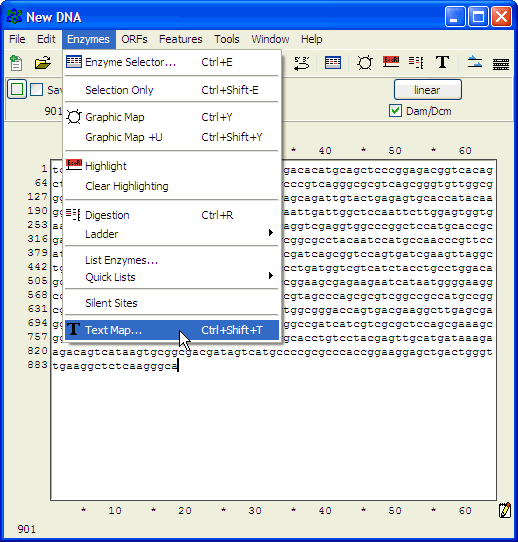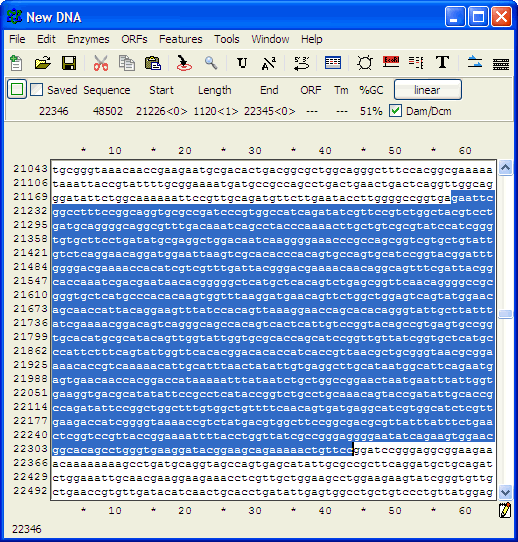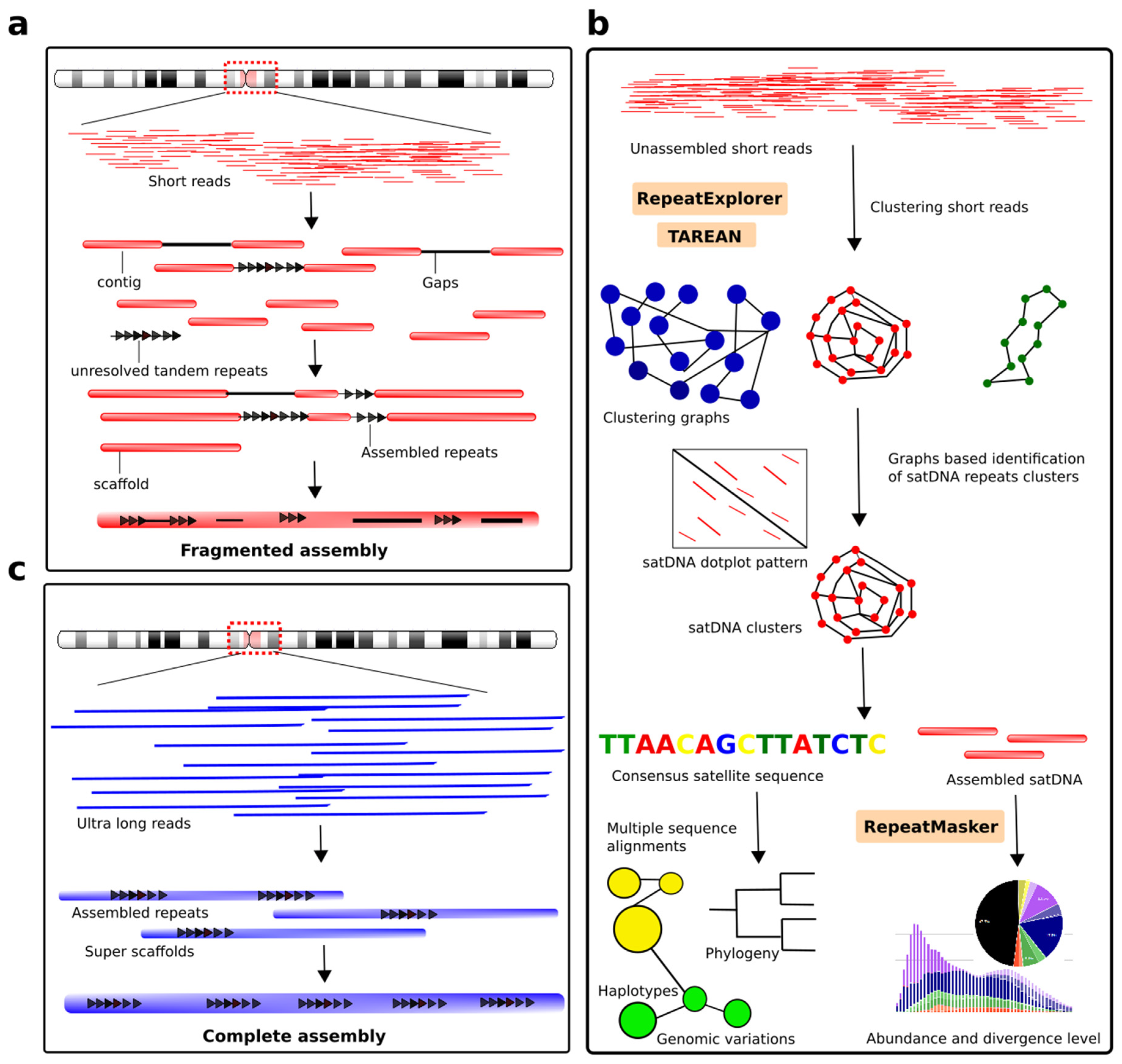

PSSM scores indicate how well an amino acid position in the query sequence is conserved among its homologues. For a given protein sequence, its PSSM profile can be derived from the result of a PSI-BLAST search against a large sequence database. More recently, PSSM profiles have also been used to train support vector machines (SVMs) and logistic regression models for sequence-based prediction of DNA-binding residues. Ahmad and Sarai constructed ANN classifiers for DNA-binding site prediction using evolutionary information in terms of position-specific scoring matrix (PSSM). The use of evolutionary information for input encoding has been shown to improve classifier performance. However, without using biological knowledge for classifier construction, the prediction accuracy was relatively low in these studies. Naïve Bayes classifiers were also developed for predicting RNA-binding residues directly from amino acid sequences. constructed Naïve Bayes classifiers for DNA-binding site prediction from amino acid identities. investigated representative structures of protein-DNA complexes, and used the amino acid sequences in these structures to train artificial neural networks (ANNs) for prediction of DNA-binding residues. Several machine learning methods have been reported for predicting DNA or RNA-binding residues directly from amino acid sequences, using biochemical features of amino acid residues, and by incorporating evolutionary information in terms of position-specific scoring matrices. With the rapid accumulation of sequence data, predictive methods are needed for identifying potential DNA or RNA-binding residues in protein sequences. Currently, only a few hundreds of protein-nucleic acid complexes have structural data available in the Protein Data Bank (PDB, ). Unfortunately, it is very expensive and time-consuming to solve the structure of a protein-DNA/RNA complex. The identification is straightforward if the structure of a protein-DNA or protein-RNA complex is known. To understand the molecular mechanisms of the protein-nucleic acid recognition, it is important to identify the DNA or RNA-binding amino acid residues in proteins.


Protein-DNA and protein-RNA interactions are involved in many biological processes essential for cellular function. We have thus developed a web-based tool called BindN+ ( ) to make the SVM classifiers accessible to the research community. Predictions at this level of accuracy may provide useful information for modelling protein-nucleic acid interactions in systems biology studies. The SVM classifiers achieved 77.3% sensitivity and 79.3% specificity for prediction of DNA-binding residues, and 71.6% sensitivity and 78.7% specificity for RNA-binding site prediction. Interestingly, the best classifiers were obtained by combining the new descriptors and PSSM, suggesting that they captured different aspects of evolutionary information for DNA and RNA-binding site prediction.

The new descriptors were shown to improve classifier performance. In the present study, several new descriptors of evolutionary information have been developed and evaluated for sequence-based prediction of DNA and RNA-binding residues using support vector machines (SVMs). However, PSSM is rather designed for PSI-BLAST searches, and it may not contain all the evolutionary information for modelling DNA or RNA-binding sites in protein sequences. Protein sequence features, including the biochemical property of amino acids and evolutionary information in terms of position-specific scoring matrix (PSSM), have been used for DNA or RNA-binding site prediction. To model protein-nucleic acid interactions, it is important to identify the DNA or RNA-binding residues in proteins. DB - Multimedia Telomere Resource TRADAT - TRAnscription Databases and Analysis Tools Subviral RNA db - Small circular RNAs db (viroid and viroid-like) MPDB - Molecular probe db OPD - Oligonucleotide probe db Vector.Understanding how biomolecules interact is a major task of systems biology. RNA db RNA editing - RNA editing site RNAmod db - RNA modification db SOS-DGBD - Db of Drosophila DNA sequences annotated with regulatory binding sites Tel. RNA compilation from the University of Bayreuth u. CARE - Plant cis-acting regulatory DNA elements db s. RNAs db - Guide RNA db PLACE - Plant cis-acting regulatory DNA elements db Plant. Tics db ISIS - Intron Sequence and Information System RDP - Ribosomal db Project g. Db - Aberrant Splicing db ACUTS - Ancient conserved untranslated DNA sequences db Codon Usage Db EPD - Eukaryotic Promoter db HOVERGEN - Homologous Vertebrate Genes db IMGT - Im. Molecule-specific and topic-specific databases As.


 0 kommentar(er)
0 kommentar(er)
